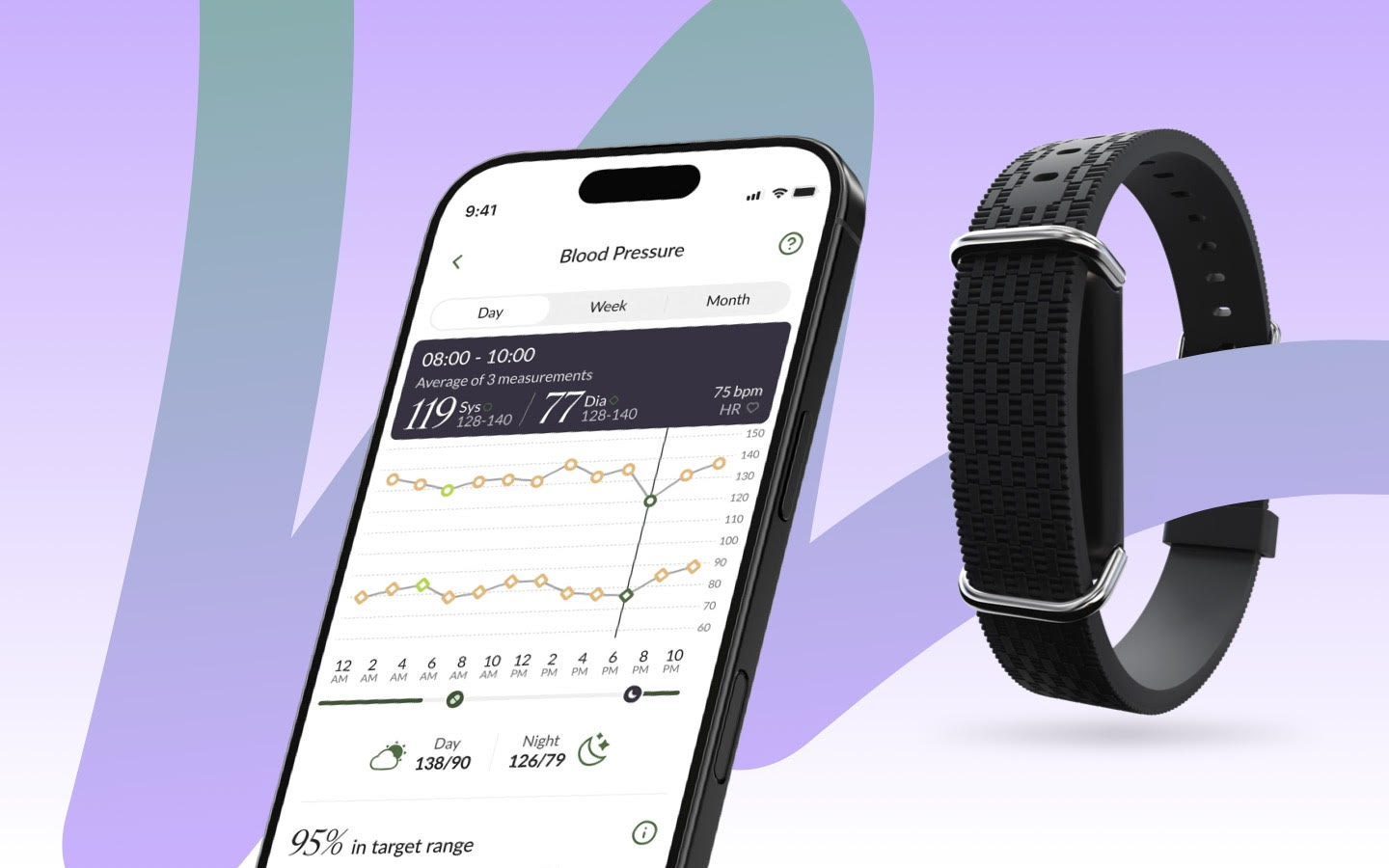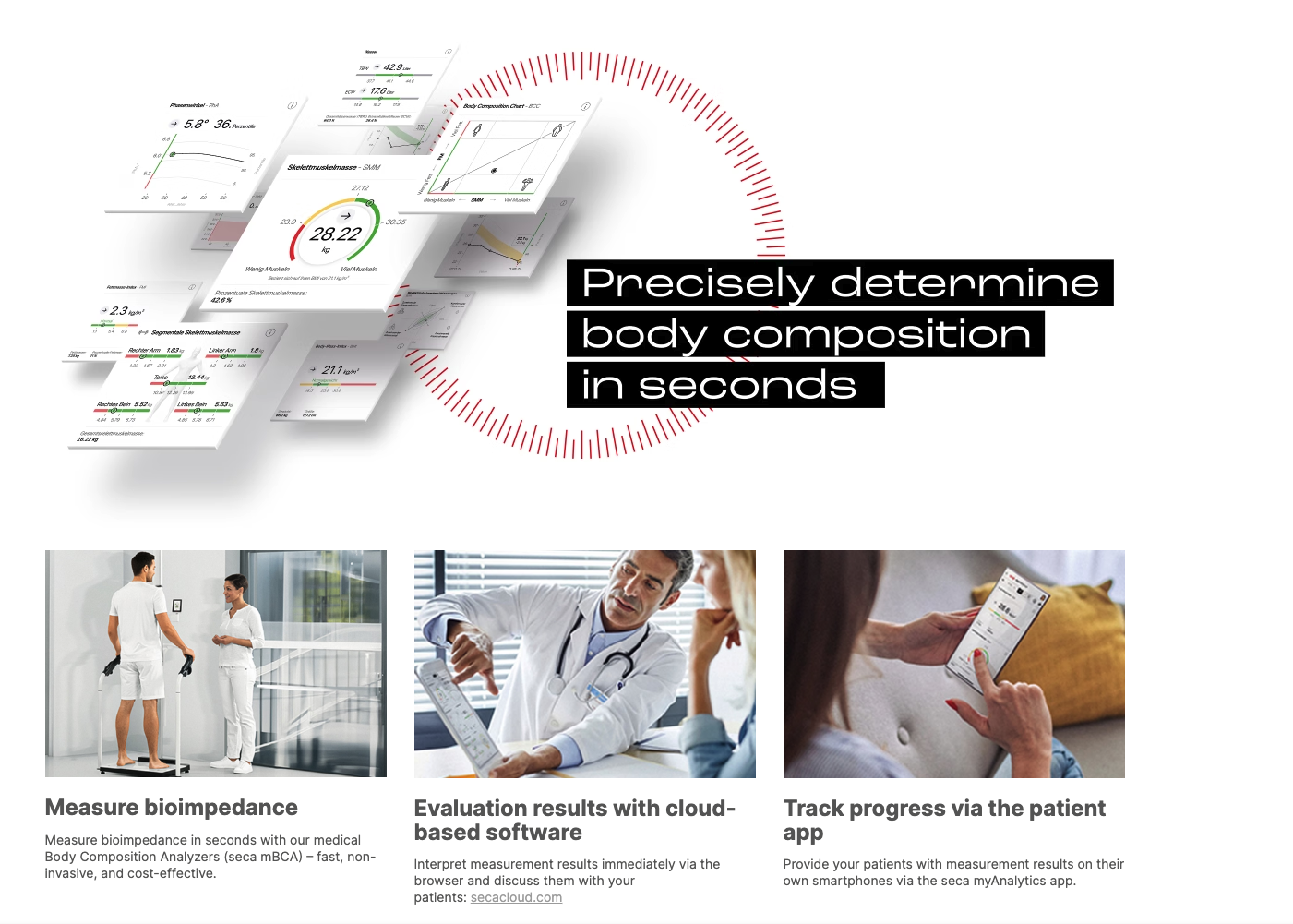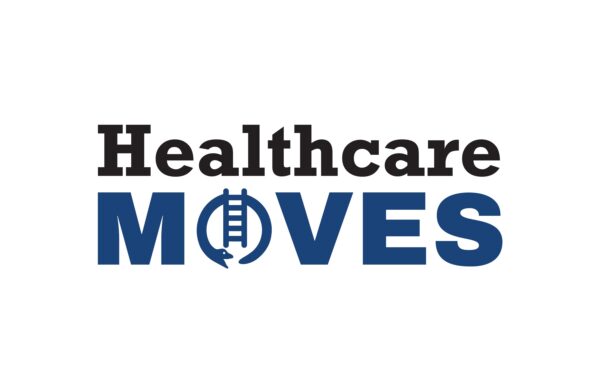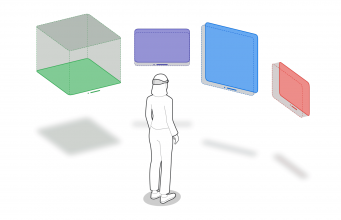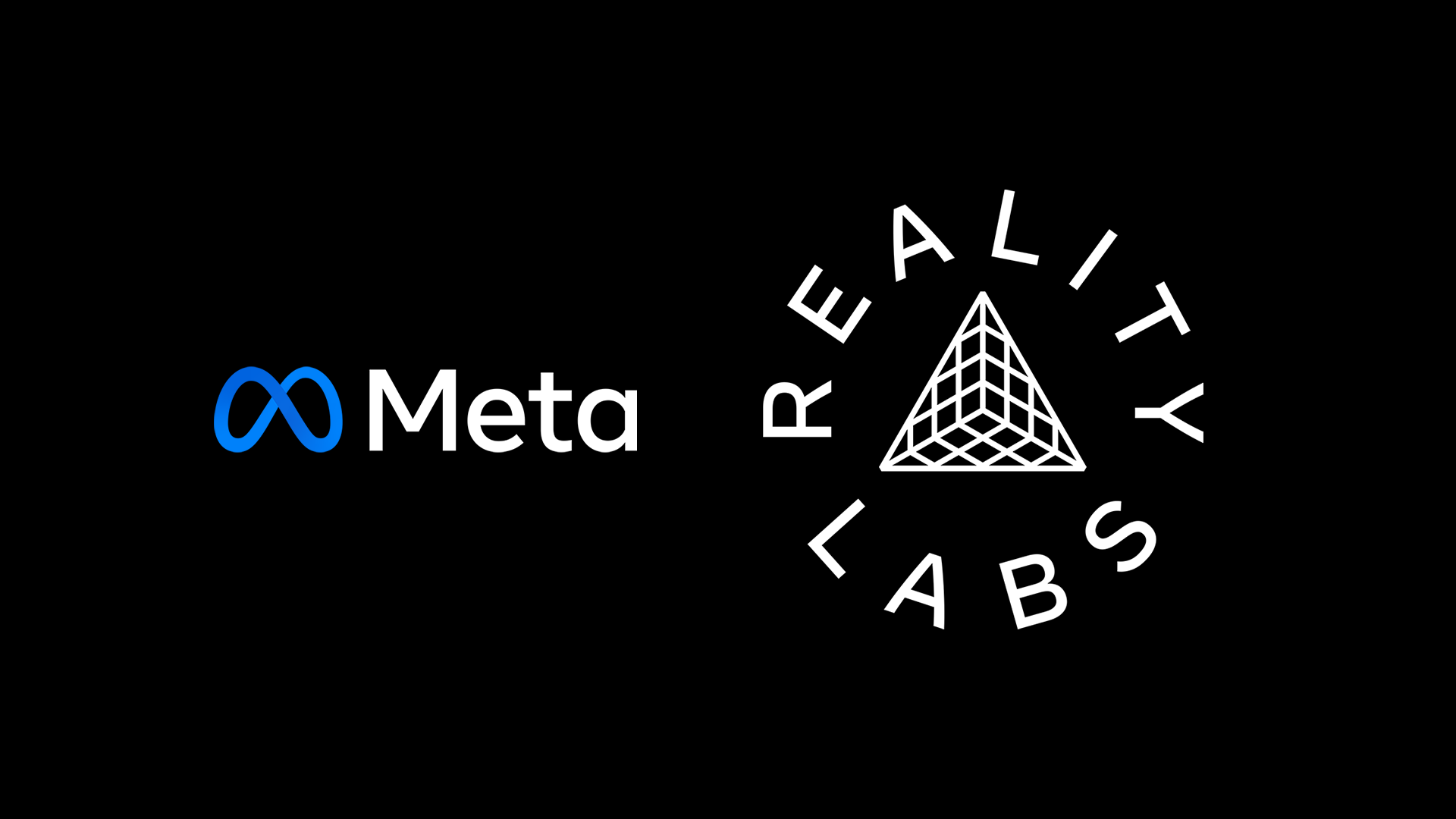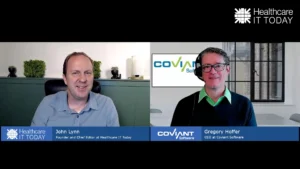Regulatory Picture May be Blurry – But Missing Deadlines Could Cost You – Regulatory Talk Series
The following is a guest article by Nick Barger, PharmD, Vice President, Product at DrFirst. This article is the sixth in the Healthcare Regulatory Talk series. As the new administration continues to make big moves across all federal agencies, the full impact of changes at the Department of Health and Human Services (HHS)—and their impact […]

The following is a guest article by Nick Barger, PharmD, Vice President, Product at DrFirst. This article is the sixth in the Healthcare Regulatory Talk series.
As the new administration continues to make big moves across all federal agencies, the full impact of changes at the Department of Health and Human Services (HHS)—and their impact on healthcare technology regulations—are not yet known.
In times of uncertainty, it’s natural to default to a wait-and-see approach. However, in regulatory matters, EHR and health IT vendors must keep in mind that the new regulations are about delivering better care—not just fulfilling legal requirements to avoid penalties.
Upcoming Compliance Deadlines
Even though the regulatory picture might feel a little uncertain, the Centers for Medicare & Medicaid Services (CMS) and the Assistant Secretary for Technology Policy and Office of the National Coordinator for Health Information Technology (ASTP/ONC) had already finalized rules with clear compliance deadlines ahead of the administration change.
EHR and health IT vendors have a lot to consider as they plot out their development roadmaps and decide whether to build compliance solutions in-house or work with a trusted partner. Here is a rundown of the rules and deadlines to help you stay focused:
Prior Authorization Updates
The CMS Interoperability and Prior Authorization Final Rule (CMS-0057-F) emphasizes the need to improve health information exchange to achieve appropriate and necessary access to health records for patients, healthcare providers, and payers. The rule applies to medical benefit PAs, but its scope does not include medications.
Deadlines: Impacted payers have until January 1, 2026, to implement certain provisions. In response to stakeholder comments on the proposed rule, the final rule gives them until January 1, 2027, to implement an ePA-specific application programming interface (API) that will automate the process for providers.
SCRIPT Standards
The National Council for Prescription Drug Programs (NCPDP) SCRIPT Standard Version 2023011 is used for e-prescribing transactions specifically for Medicare Part D. It includes improved extensibility, adds support for dental procedure codes, and provides more flexibility for reporting patient gender. It covers new prescriptions, refill requests, prescription change requests, and prescription cancellations.
Deadlines: The CMS published the final rule on June 17, 2024, and it goes into effect on January 1, 2028.
Following a transition period, starting January 1, 2027, use of NCPDP Formulary and Benefit (F&B) standard version 60 and the NCPDP Real-Time Prescription Benefit (RTPB) standard version 13, will be required.
ASTP/ONC’s HTI-2 and HTI-3
Parts of the second Health Data, Technology, and Interoperability rule (HTI-2), which pushes for significant upgrades in e-prescribing processes, went into effect January 15, 2025. It builds on the HTI-1 rule, which laid the framework for interoperability.
Other parts of HTI-2 were moved into a third final rule (HTI-3) that enhances information-blocking regulations. It omits mention of the medication management provisions previously included in the rule.
Deadlines: The multi-year deadlines are:
- ASTP/ONC HTI-1: December 31, 2025
- CMS-0057-F: January 1, 2027
- NCPDP Formulary and Benefit 60: January 1, 2027
- NCPDP Real-Time Prescription Benefit: January 1, 2027
- NCPDP SCRIPT 2023011: January 1, 2028
- ASTP/ONC HTI-2: January 1, 2028
Don’t Just Check the Box
Waiting for more clarity before building these deadlines into your product roadmap will result in a last-minute scramble that could result in poorly architected solutions that will not optimize the value of the regulations or the experience for their users. For providers, health IT that just checks the box can make workflows worse instead of better.
In addition to fulfilling legal requirements to avoid penalties, regulations that push for better prescribing workflows, improved data access, and stronger safety measures benefit patients and the healthcare industry at large.
DEA Rules Delayed
Last month, the U.S. Drug Enforcement Administration (DEA) and HHS announced they are delaying two final rules originally scheduled to go into effect on March 21. These rules, which were first introduced on January 17, 2025, are postponed until December 31, 2025, to allow more time for the agencies to review public feedback.
The delayed rules include expansion of buprenorphine treatment via telemedicine encounter, allowing virtual care providers to prescribe a six-month supply of buprenorphine for opioid use disorder but then requiring an in-person visit beyond that. Additionally, there is a clause aimed at continuity of care via telemedicine for Veterans Affairs patients.
As part of the DEA’s effort to fulfill its obligation under the 2018 SUPPORT Act to establish telehealth prescribing registries, the proposed rules introduced in January 2025 have the stated goal of striking a balance between patient access and guardrails to prevent misuse.
The proposed rules would require:
- Nationwide Prescription Drug Monitoring Program (PDMP) checks before prescribing controlled substances.
- Electronic prescribing for controlled substances (EPCS) system updates to accommodate special DEA registration numbers.
As the deadlines for these requirements get closer, you are going to want a trusted partner with proven experience in nationwide PDMP and EPCS on your side.
Are You Prepared?
Compliance isn’t a switch you can flip—it’s a process that requires time and preparation, along with the expertise needed to get it done right. For EHR and HIT vendors with full development queues, being prepared has never been more important.
There could be changes, but in the meantime, the deadlines are the deadlines. Healthcare IT vendors and EHRs that plan for compliance now will be in the best position to adapt, without a bunch of scrambling.
DrFirst is here to help. As a leader in e-prescribing, medication management, and compliance, we offer turnkey solutions and keep you ahead of shifting regulations so you’re ready for anything. To speak with one of our experts, click here.
 About Nick Barger, PharmD
About Nick Barger, PharmD
Nick is Vice President of Product at DrFirst, where he leads design and development of intelligent medication management solutions for the e-prescribing pioneer and the 300 EHRs and health information systems they partner with, providing clinical, regulatory, and digital workflow solutions that make healthcare more efficient and effective. Check out all the articles in the Healthcare Regulatory Talk series.
DrFirst is a proud sponsor of Healthcare Scene.




































































































